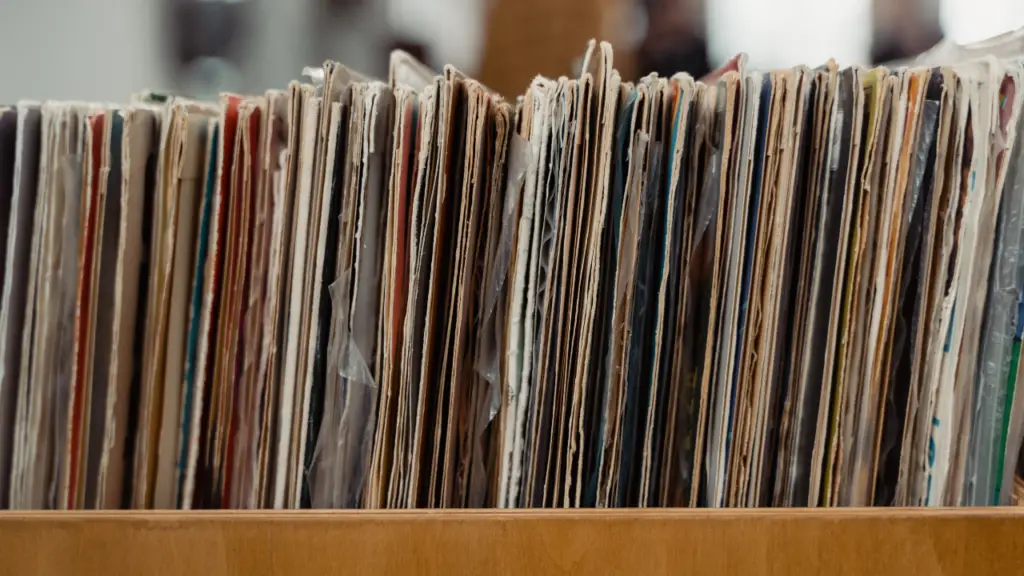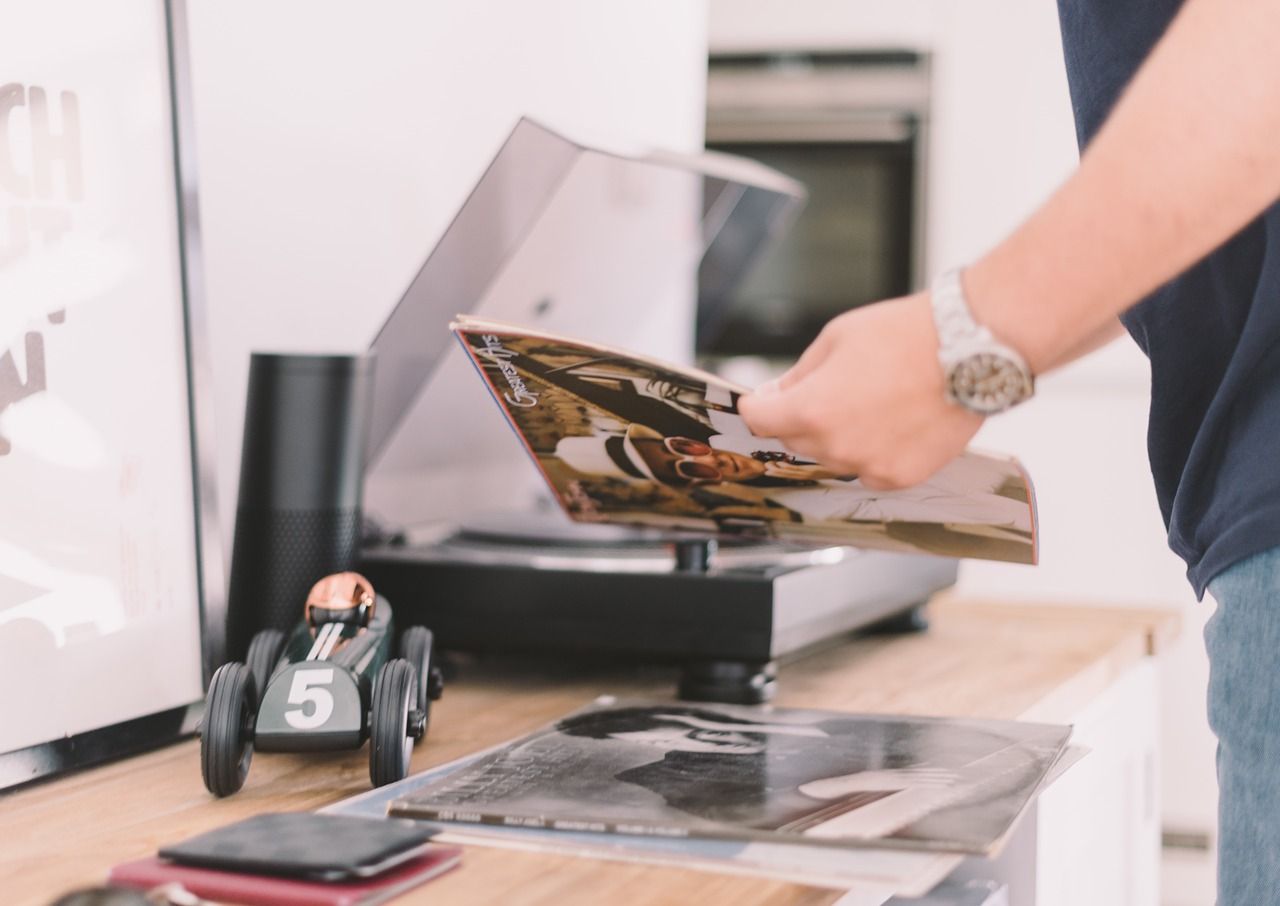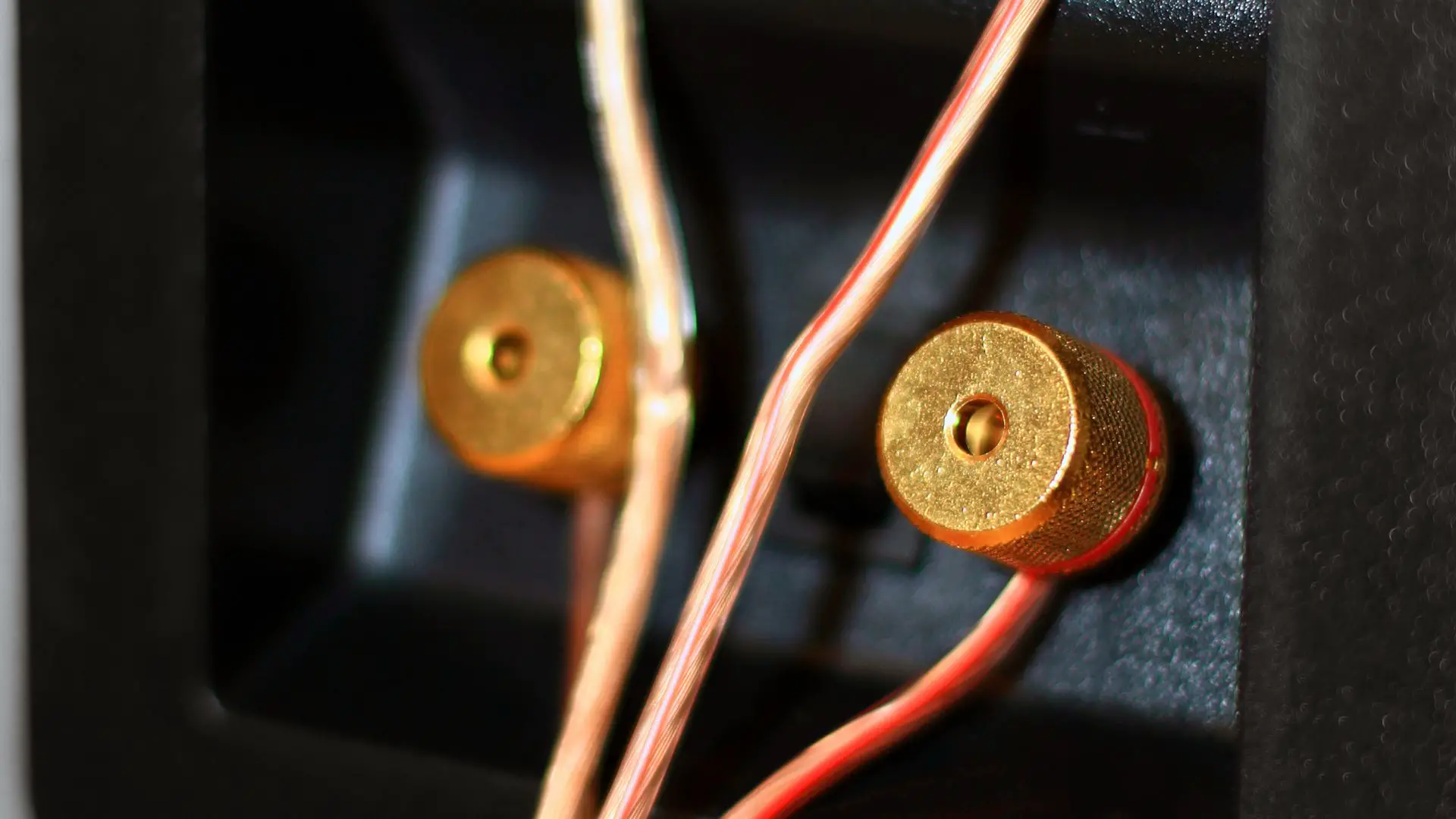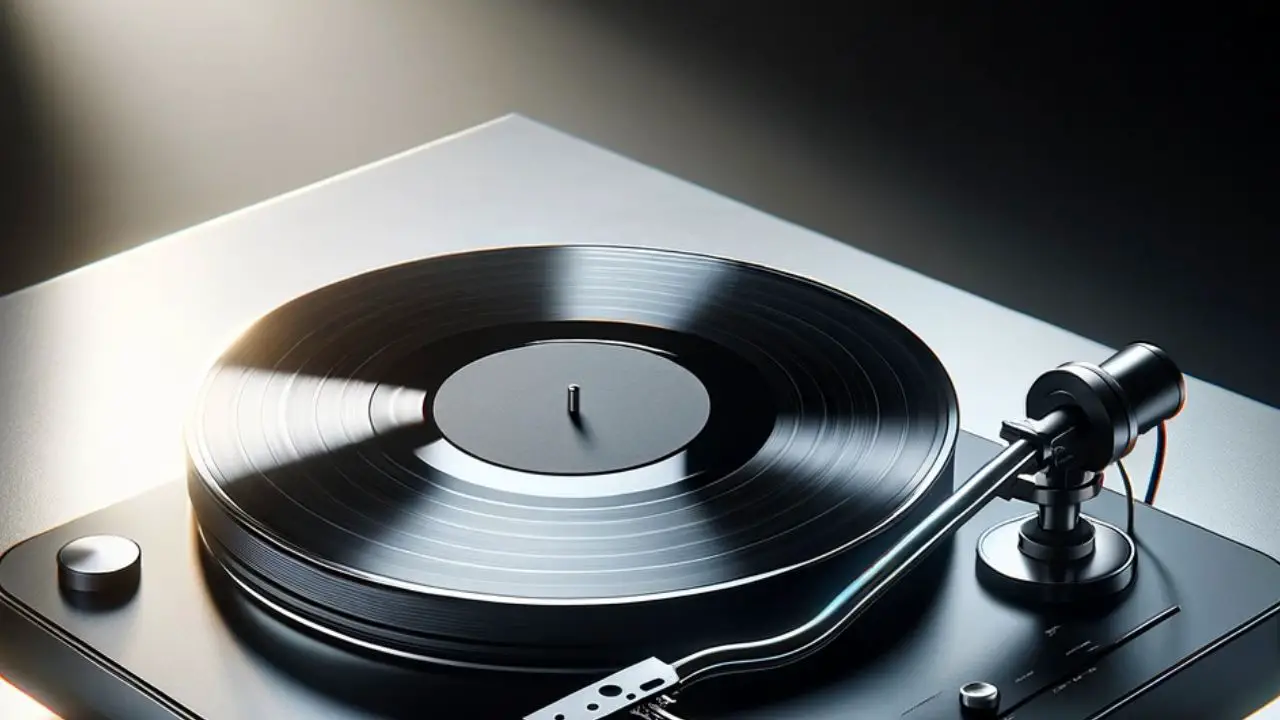Music and the march of technology have always gone hand in hand, perpetual dance partners in the human story. It took us from the harpsichord to the piano, the acoustic to electric guitar, from phonographs and gramophones to LPs, CDs, MP3s, and beyond.
For the better part of 70 years, vinyl records have been a key part of that story. For decades they were the main way to hear your favourite tunes before being supplanted by CDs and iTunes. Now, among collectors and audiophiles, vinyl has made a comeback. For some, however, vinyl never went out of style.
Among those who care about vinyl artists are at the front of the list, which makes it all the more important that they know the right way to take care of the medium. Painters must take care of their paints and brushes, writers their notepads and libraries, musicians their instruments – and so too must vinyl enthusiasts understand how to store and clean vinyl records.
Without further ado, let’s look at some of the Do’s and Don’ts for handling your vinyl.
Store Records Upright in a Sheltered Area
As we’ll see, improper vinyl storage is one of the fastest ways to damage your vinyl, so let’s “set the record straight” and talk about how to store your vinyl records the right way. It is vital that you store your records in a straight, upright position. Store them the way you would typically store books on a bookcase, with the spines facing outward.
Just as important as how, is where you should store your records, and here you’ll want to take a cue from the world of wine storage and ensure that your vinyl is kept in temperature-controlled, low humidity areas. Both extremely hot and extremely cold temperatures can damage records, as can humidity.
Ideal record storage conditions are around 50 degrees Fahrenheit and 30% to 40% humidity.
You’ll also want to pay some attention to the interior sleeves that come with many vinyl records. These are used to further protect the records and keep dust and other particulates off them. These interior sleeves are usually fine. However, this paper can sometimes be a bit rough. You may, therefore, want to consider smoother antistatic polyethylene alternatives.

Do Not Stack Records
One reason it is so important to store your records the correct way in an upright manner is to avoid the alternative. Far too often people stack their records in towers, with tragic consequences.
On the one hand, it’s understandable why you might consider this method. After all, we stack CDs, DVDs and Blu Rays, so why not records?
The reason is twofold. First, records are obviously made of a difficult, more delicate material than CDs or other mediums in terms of how easily they can be scratched or warped. This belies the second point, which is that the minute yet ever-present differences in weight and pressure that occur when stacking records can lead to them becoming warped over time.
Play Your Records on a Turntable the Right Way
Just as a musician needs to tune their instrument before playing, so too do enthusiasts need to make sure that their turntable is properly set up before they are able to start playing their vinyl.
To begin with, you’ll want to make sure that the tonearm is at the correct height above the record. This should be high enough, so the needle doesn’t accidentally come down or scratch the record while being close enough to allow you to place it on the record as a needle. In addition, you want to make sure that the needle is coming down at the right angle – too much of a slant and it will come down cockeyed and, yes, potentially damage the record.
Make sure that the tonearm is well balanced, and that it isn’t putting too much weight on the stylus. It should be putting just enough pressure on the needle to ensure that it doesn’t bounce around or jump out of grooves while playing. Check your stylus manufacturer and the technical guides for your stylus pressure requirements.
Do Not Touch the Groove
Now let’s start getting into the nitty gritty of how to handle vinyl records. While we all know that touching the underside of a DVD or CD is a no-go, too many people believe that the same rules don’t apply to records. One potential reason for this may be that we can see the smudged fingerprints we leave behind on DVDs and CDs a lot easier than with records. Nevertheless, smudges can be a huge problem for records, so you’ll want to be very careful with how you hold them.
Chief among these tips for handling vinyl records is that you should never touch the grooves. Doing so will leave behind those ugly oily fingerprints, which will not only look ugly, but negatively impact the quality of playback and sound when you play the record.
The problems with playing a record with oily fingerprints don’t stop there. This can also cause dust to collect on the needle as it runs across those filthy fingerprints. You may not be able to see any dust or dirt on them, but your needle will pick them up nevertheless, and over time, this can make the record sound worse and worse until eventually the needle jumps out of its groove, which can in turn be yet another cause of scratches.
Instead, you want to hold the record by the center label.
Do Not Add Water (or Over the Counter Cleaners)
Having discussed how to handle them, let’s touch on the do’s and don’ts of cleaning vinyl records.
Water may be the universal solvent, but you should never use it to clean your records. You may have a spritzer or spray bottle laying around and think it’s a good and inexpensive way to clean your records, but you’ll want to think twice about that.
Oil and water don’t mix, and this may only cause fingerprints and other contaminants to become lodged even deeper into the grooves, which may cause irreparable damage.
The same goes for over the counter domestic cleaners. While these may be easily accessible, that doesn’t mean that they are ideal for use on your records. On the contrary, something like WD40 can damage your records further. The chemicals contained in these cleaning agents can cause a bad chemical reaction which, yes, is yet one more thing that can damage vinyl.
Instead, you’ll want to make sure to purchase proper record cleaning liquids and materials online or from a specialty vinyl store.
Use Proper Cleaning Techniques
Vitally, these do not include using your shirt. Even if you have the softest of cotton shirts, that’s still too rough for a vinyl record. Besides, this will likely not be effective, but simply move the dirt around.
Instead, you’ll want to use a static brush or something similar. Be sure to take your time and not be too aggressive, even these can scratch your record.
Store Records After Using Them
As a vinyl enthusiast, you’re all about “dropping a beat,” but “dropping your records” is a definite don’t.
For those unfamiliar with the term, “dropping” refers to laying records on the backside of the record in between usage. Think of how we lay CDs or Blu Rays with the shiny reader side up when putting them down for a moment or two. This isn’t the safest way to treat those discs, either, but at least the reverse side is sturdier than vinyl records and does not play a part in its playing.
By contrast, both sides are essential for making sure your record plays correctly. Dropping your records, the way you place CDs with their reader side up can, thus, lead to them becoming damaged.
Do Not Remove Records Prematurely
As we’ve discussed, you don’t want to take things too quickly and handle the records in a haphazard manner. That’s true when playing records for personal use. In keeping with that, you’ll want to refrain from picking up a vinyl record while it is still spinning. This is yet another way to scratch a record, and it’s honestly one of the most easily avoidable ones.
Simply wait for the platter to come to a complete stop before you change sides or do anything else with the record.
If the turntable’s platter features a felt or rubber mat, you’ll also want to make sure that it’s clean before putting a record in place. If your record doesn’t have a mat, or the mat you have is torn or worn out, you’ll need to replace that before playing the record.
Refrain from Tape
Let’s end with a tip for enthusiasts and collectors alike. As tempting as it may be to tape a rip on a vinyl record case, you’ll want to refrain from doing that. As it ages, cellophane starts to become brittle and yellows. Not only will that look ugly enough, but it can start to ooze adhesives, which can damage the jacket even more.
Instead, you’ll want to take the record with its inner sleeve and store them on the shelf, while leaving the original jacket aside so as not to risk damaging it. There are many cardboard vinyl jackets that exist for storage purposes.
Final Thoughts
Listening and record collecting are hugely fulfilling hobbies, and it is wonderful to see vinyl finally making a comeback. Just as tablets and Kindles will never replace hardbound, leather-bound, and paperback books in the hearts of true book lovers, so too will vinyl never go out of style for true music addicts.
Whether you’re collecting for posterity or actively using records in a DJing job, you thus need to make sure that you handle those records with the care they need. Vinyl is a wonderful medium, but vinyl records are still fragile and need extra care.
Remember, “Time Waits for No One,” so if you want those records from “Yesterday” to play like they did in their “Glory Days” make sure to treat your records with the care and “Respect” they need.




